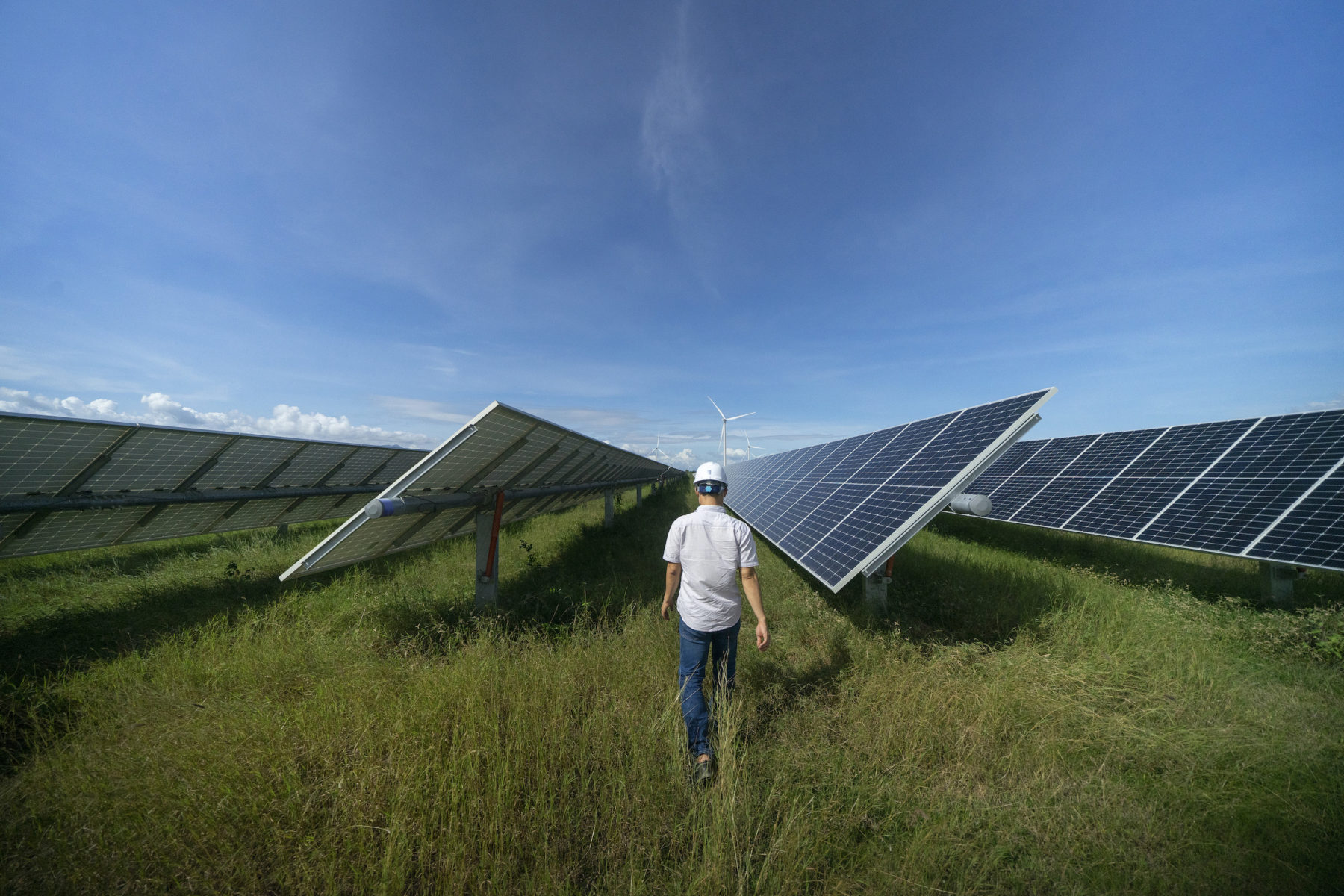Vietnam is not only one of the most promising economies in the ASEAN bloc, but also offers a glimpse of development opportunities through renewables. An overview of Hanoi’s opting-out fossil fuels strategy
Energy transition wanted: in December 2022, Vietnam finalised a Just Energy Transition Partnership (JETP) with the International Partners Group (IPG) consisting of the European Union, United Kingdom, United States, Japan, Germany, France, Italy, Canada, Denmark and Norway. This is a funding programme dedicated to developing countries to facilitate their sustainable growth in the energy field, which in the case of Hanoi provides $15.5 billion to reduce the country's dependence on fossil fuels. With the signing of the JETP, in the words of US President Joe Biden, “Vietnam has demonstrated leadership in charting an ambitious clean energy transition that will deliver long-term energy security”.
With hydropower already covering 40% of the energy mix in 2013 and photovoltaic power generation capacity increasing 25-fold in one year, Vietnam has become one of the most promising renewable energy countries in the region. In 2010, Hanoi began formulating its first plan for the development of new “clean” energy infrastructure, a roadmap that provided the basis for the more ambitious National Strategy for Renewable Energy Development 2016-2030. The plan also aims to reduce fossil fuels by 25% by 2030 and 45% by 2050.
More growth, more demand
Vietnam's rapid economic growth, one of the most promising in the region, is the main driver of its energy ambitions. According to the latest data from the National Bureau of Statistics, 2022 was a record year, with a GDP increase of 8.02%, the highest since 1997 - the year of the Asian financial crisis. The change in economic pace implies a significant development of the domestic market, accompanied by major investments in the manufacturing sectors that contribute to making Vietnam a major manufacturing hub.
The Foreign Direct Investment (FDI) Agency of the Vietnamese Ministry of Foreign Affairs forecasts between USD 36 billion and USD 38 billion of FDI by the end of 2023, much of it directed towards high-tech and sustainability projects. This doesn't come without the cooperation of Hanoi, which since the years of the first market reforms has sought to attract more foreign capital and talent in sectors that are still under-explored and under-developed. Also reinforcing this vision is the ratification of the investment protection agreement included in the EU-Vietnam Free Trade Agreement (EVFTA)’s in 2020 and the entry into force of the Regional Comprehensive Economic Partnership (RCEP) in 2022. Meanwhile, the rising quality of life is accelerating the energy demand of Vietnamese citizens, which - together with the industrial push - will continue to grow by 10% year-on-year until 2030.
Solar boom
The Vietnamese government has advanced several strategies to incentivise companies and citizens to choose the path of “clean” energy sources. The change of pace in solar energy production, for example, has been achieved through a generous sales rate for the energy fed into the grid by the panels installed on one's home: around 0.09 euro per kilowatt hour, then set at 0.08 until 2030. It is a different story for plants that are designed to produce and sell the energy produced in full, where the so-called feed-in-tariff (FiT) is lower but still cheaper than for coal and hydro power plants.
The results were not long in coming: the scheme has taken Vietnam to the top of the list of ASEAN countries investing in PV, reaching a production capacity of 17.6 Gigawatts. Not yet at the level of the 92 Gigawatts produced by US plants, but signalling the speed with which Vietnam's energy transition process is catching up with its Western partners. A path that began only in 2014 with the first solar power plant in Ninh Thuan province.
Since 2018, new forms of experimentation have also begun to bring wind farms to where there is no shortage of land. Floating photovoltaics, for example, is now seen as an interesting option to exploit the potential of Vietnam's dams: there are over seven thousand of them of various sizes and power throughout the country, and each of them can accommodate floating panels that can be easily hooked up to the pre-existing grid.
First steps with wind power
Of all the renewable technologies adopted by Hanoi, wind power remains one of the least explored. According to experts from the Global Wind Energy Council, Vietnam is one of the countries with the highest wind power potential in South-East Asia and, with proper planning, could soon increase from the current 3.5 Gigawatts to over 30 Gigawatts of electricity generated.
Strategic areas include the coasts, where floating wind power can be attempted. But some of the region's largest power plants are under construction also in the northern and central provinces. These include, for example, the floating wind power plant in Bac Lieu Province, the first of its kind built in the Mekong Delta.
The challenges of transition
As with other countries in the region, economic growth is not enough to initiate an effective and consistent energy transition. Proposals for new projects continue to increase, but there is a lack of a solid electricity grid capable of supporting any peaks in supply and demand. Investments are still insufficient: for Vietnam Electricity (VE), the country's largest energy company, capital invested in the sector would have to reach 150 billion to reach the targets set by the Vietnamese leadership. VE still has a monopoly on the energy market, and only since 2022 has a two-year pilot project been launched to test contracts for the sale and purchase of electricity directly from power plant producers. The goal? To streamline procedures and incentivise investors with the prospect of acting more freely on the market.
In addition to administrative and financial challenges, there are structural ones, ranging from the dilemma of storing energy from renewables to the environmental impact of new projects. While floating plants offer an alternative to occupying land for other purposes, they also hinder the local population's access to water and fish resources. Just as too little attention has been paid in the past to the environmental damage caused by the excessive construction of dams and hydroelectric power plants, it is now becoming problematic to test the criticality of investments in new solar or wind farms where they could seriously impact the ecosystem.
No less important is the debt - financial or “political” - incurred with countries investing in Vietnam. Incentives to invest in renewables are just one of the many strategies adopted by Hanoi to increase the entry of foreign capital into the country and push economic growth by relieving public debt. A necessary gamble with several positive effects on the economy, but with a still uncertain future. Among the European partners' concerns during the signing of the free trade agreement remains the human rights situation in Vietnam - an element that could turn against Hanoi as happened with the freezing of the investment agreement between the EU and China. The Memorandum of Understanding with the US, on the other hand, promises important aid for Vietnam's energy transition, but at the same time binds the country to imports of American liquefied natural gas. China, South Korea, Singapore and Japan are in turn racing to maximise the benefits promised by Hanoi in this area: will there be sufficient resources to monitor the situation?






